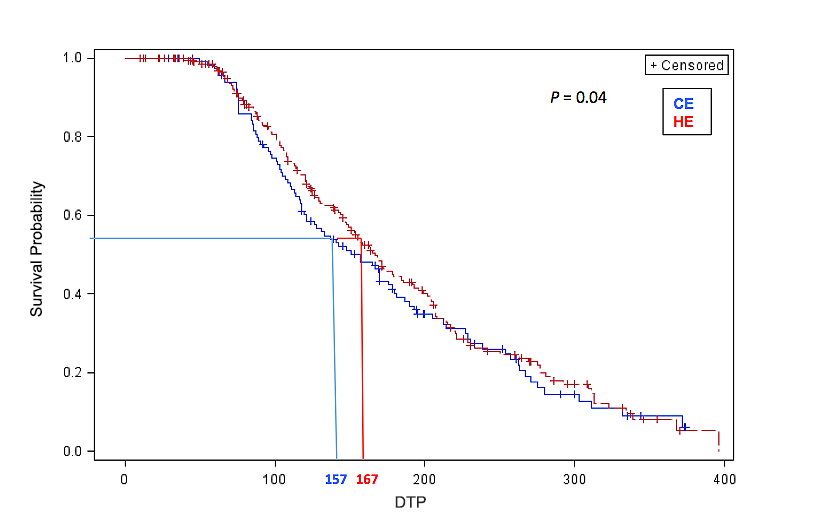Dr. Phil Cardoso
December, 2015
During the transition period from late gestation through early lactation, the dairy cow undergoes tremendous metabolic adaptations. The endocrine changes during the transition period are necessary to prepare the dairy cow for parturition and milk synthesis. As peak milk yield increases, the transition period for dairy cows becomes much more challenging, with most infectious diseases and metabolic disorders occurring during this time. Decreased dry matter intake (DMI) during late gestation influences metabolism leading to fat mobilization from adipose tissue and glycogen mobilization from the liver.
Nutrient demand for milk synthesis is increased in early lactation; if no compensatory intake of nutrients is achieved to cope with the requirement, reproductive functions (i.e., synthesis and secretion of hormones, follicle ovulation, and embryo development) may be depressed. Milk production increases faster than energy intake in the first 4 to 6 weeks after calving, and thus high yielding cows will experience negative energy balance (NEB). Therefore, strategies that stimulate DMI around parturition are of great advantage for the dairy cow.
Common dietary recommendations for close-up cows following publication of the NRC (2001) include feeding diets containing relatively high (36 to 44%) concentrations of nonfiber carbohydrate (NFC) to promote DMI during the peripartum period in an attempt to increase dietary energy intake and thus decrease the cow’s reliance on nonesterified fatty acids (NEFA). However, compared with diets lower in NFC content, excessive concentrations of starch-based NFC (>40%) in the prepartum diet may result in a greater decrease in DMI immediately before calving and could potentially be detrimental to postpartum health and performance. Controlling energy with high fiber rations seems to improve DMI after parturition, thereby avoiding excessive adipose tissue lipid mobilization.
The strategy developed with the controlled energy diets is to formulate and feed rations with relatively low energy density (1.30 to 1.39 Mcal NEL/kg of DM) during the entire dry period. The incorporation of low energy ingredients, such as straw or low quality grass hays, in our system with high starch yielding corn silage allows cows to consume ad libitum without exceeding their daily energy requirements. Controlling energy with high fiber rations seems to improve DMI after parturition, avoiding excessive adipose tissue mobilization. Milk production appears to be similar when compared to higher energy close-up programs.
Benefits of feeding controlled energy diets prepartum to dairy cows have been reported, suggesting that cows fed CE during the dry period had fewer diseases and disorders than cows fed high-energy diets. Excess energy consumption prepartum also seems to result in a larger decline in DMI prepartum and postpartum compared with cows having controlled intake prepartum. From a practical standpoint, the CE approach may simplify dry cow management by avoiding social stress due to group changes and allowing a single group feeding instead of the two-group approach.
Our lab performed a meta-analysis to investigate the association between prepartum energy feeding regimen and reproductive performance. Days to pregnancy (DTP) was used as the dependent variable to assess reproductive performance. The database was developed from 7 experiments completed at the University of Illinois from 1993 to 2010. Individual data for 408 cows (354 multiparous and 54 primiparous) were included in the analysis. The net energy for lactation (NEL) intake was determined from each cow’s average DMI and calculated dietary NEL density. Treatments were applied prepartum and were classified as either controlled energy (CE; median NELI = 13.7 Mcal/d) or high energy (HE; median NELI = 22.1 Mcal/d) diets fed during the far-off (FO) or close-up (CU) dry periods. Cow was the experimental unit.

Figure 1. Survival function curves for days to pregnancy (DTP) for 332 Holstein cows fed either controlled energy (CE = blue) or high energy (HE = red) diets during the last four weeks before calving. Blue and red lines represent median values for DTC when 50% of the cows were pregnant.
Cows fed CE during the CU period had a shorter interval between parturition and conception (median = 167 and 157 d; hazard ratio = 0.696; Figure 1). Cows fed HE diets during the last 4 weeks prepartum lost more body condition score () in the first 6 weeks postpartum than those fed CE (−0.43 and −0.30, respectively). Cows with 3 or more lactations lost more BCS than cows with one or two lactations (−0.42 and −0.33, respectively). Cows fed CE during the FO period had lower NEFA concentrations in weeks 1, 2, and 3 of lactation compared with cows fed HE. Higher NEFA concentration in week 1 postpartum was associated with a greater probability of diseases (n = 251; odds ratio = 1.176). The positive effect of CE may be explained by increased NEL intake during the first 4 weeks postpartum and lower incidence of peripartal diseases. In addition, lower BCS loss during the first 6 weeks postpartum and slightly higher glucose concentration at week 3 likely contributed to improved reproductive performance.
Take Home Message
- Cows that received controlled energy diets during the last 4 weeks prepartum had higher hazard ratio for difference in days to pregnancy. Such a finding may be explained by the increased net energy for lactation intake in the first 4 weeks postpartum, lower incidence of displacement of abomasum, or clinical ketosis.
- Decreased body condition score loss in the first 6 weeks and slightly greater glucose concentrations at week 3 may have contributed to improved reproductive performance. Energy-limited cows had lower liver triglyceride concentrations at week −2, which led to fewer days to pregnancy.
- Cows that received controlled energy diets during the dry period yielded the same amount of milk as cows that received high energy diets.

